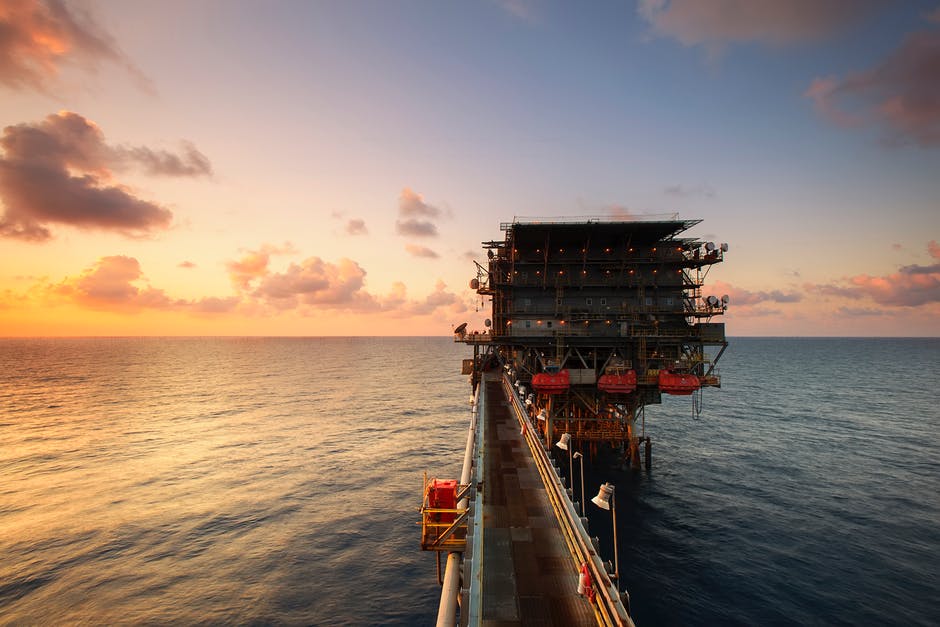Interceptor vs Separator
The terms “Oil Interceptors” and “Oil Water Separators” are often interchanged. They are, however, as their names indicate, very different.
Oil interceptors are designed for use in drain lines where oils, sediment and other liquids are intercepted. Oil interceptors are designed for use in drain lines where oils, sediment and other liquids may be found in small quantities and flow rates and the contaminants can be “intercepted”. These drain lines may come from parking garages, machine shops, service stations, and manufacturing facilities where there is a chance that at spill may occur.
They are usually simple, steel, fiberglass or poly boxes which include a baffle plate, a solids bucket, and a separation area. As the water enters the interceptor, a baffle plate diffuses the flow, reducing the turbulence of the incoming water. Depending on the water flow, some solids and sludge are stopped by the baffle and collected in the solids bucket.
A low flow rate and little turbulence permits the oils and other light density substances to rise to the surface of the water as it goes through the interceptor, producing relatively oil-free water for discharge.
Oil Water Separators have a much more sophisticated design so they are used in applications where there is a potential for a much higher volume of water and oil. Oil Water Separators have a much more sophisticated design so they are used in applications where there is a potential for a much higher volume of water and oil such as industrial wash operations, parking lots, re-fueling facilities and military installations.
The RWO oil water separator is a tank containing an inlet compartment, baffles system, sludge chamber, separation chamber, and clean water outlet chamber. The water enters the inlet compartment where the oil separation process begins and solids drop out. In the separation chamber, parallel corrugated plates cause the oil droplets in the water to increase in size, thereby speeding the gravity separation process. The water then goes through coalescing media, with an internal structure of interconnecting channels, which can remove essentially all free and dispersed non-emulsified oils to an effluent concentration of less than 5 ppm. This design produces enhanced efficiencies, resulting in significantly smaller units for high volume applications.
RWO oil water separators use parallel corrugated plates and coalescing media to enhance the separation process over conventional oil interceptors, resulting in much smaller units and 99% oil and solids removal.
Back in the day, oil water separators were basically concrete vaults or steel tanks that were sized based on their total holding capacity. This holding capacity was related to the retention time needed to separate the oil from the water. Today, oil water separators are engineered with multiple compartments and equipped with extremely efficient coalescing media to separate the oil from the water mixture in a much smaller system. The media used is capable of removing essentially all free and dispersed non-emulsified oils to an effluent concentration of less than 5 ppm. Then the size of separators are based mostly on oil viscosity and flow rate so they can be much smaller than they were in the past.



Comments
Post a Comment